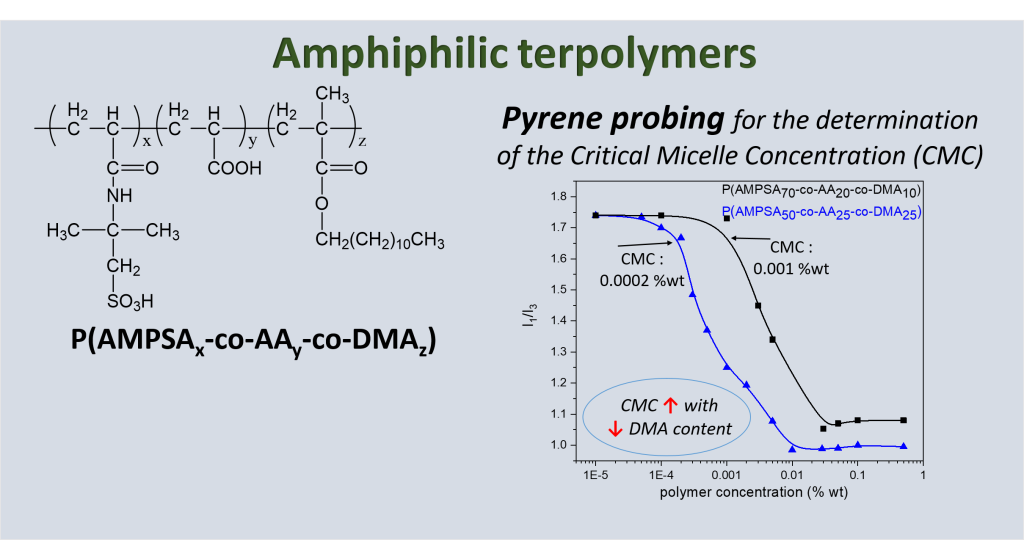About the Project
Main goals, objectives and challenges
Nanoparticles in oil recovery
Globally
the overall oil recovery factors for primary and secondary recovery range from
35% to 45% and a tertiary recovery method that can enhance the recovery factor
by 10-30% could contribute to energy supply. The use of nanoparticles in
enhanced oil recovery (EOR) processes comprise an emerging and well-promising
approach. While surfactants injection into geological sites has been a commonly
practiced EOR method, the injection of aqueous nanoparticle suspensions is
still at its early stages.
Objective
The overall
objective of the proposed work is to optimize the properties of
polymer-coated nanoparticles (PNPs) toward the mobilization of residual oil
from reservoir rocks. PNP-based aqueous suspensions, emulsions, and
foams will be prepared, and tested as chemical flooding agents in porous media
models (glass-etched pore networks & sandpacks), and core plugs of
reservoir rocks. Based on EOR studies, the synthesis and properties of PNPs
will be tuned successively by a scheme of “adaptive control” (feedback) to
select the most efficient and cost-effective PNP-(“smart”) fluids. A numerical simulator of the multiphase flow
and transport of “smart fluids” in digital porous media reconstructed from 3D
CT-scan micro-tomographic images of reservoir rocks will be developed /
calibrated / validated.
Research Team and collaborating organizations
For the implementation of PNP-EOR project, the team of FORTH/ICE-HT will collaborate with research staff from Institut Francais du Petrole energies nouvelles (IFPEN), and Department of Chemical Engineering of University of Waterloo. The Main Research Team (MRT) of FORTH/ICE-HT
FORTH/ICE-HT

Geosciences Division of IFPEN

Dept. of Chemical Eng. Univ. of Waterloo



